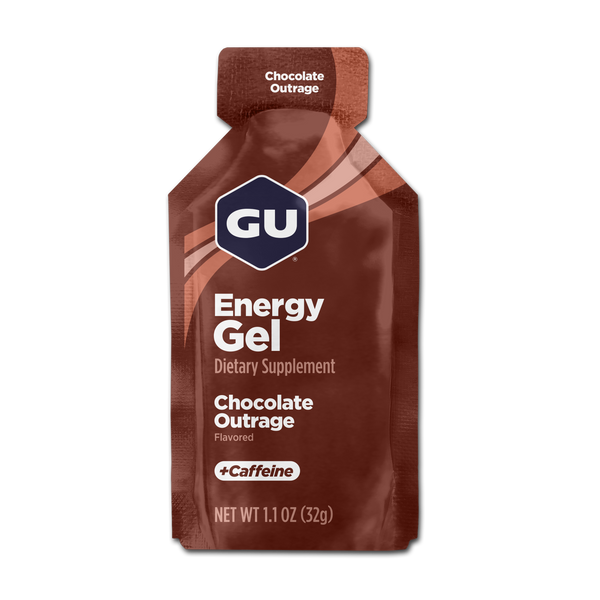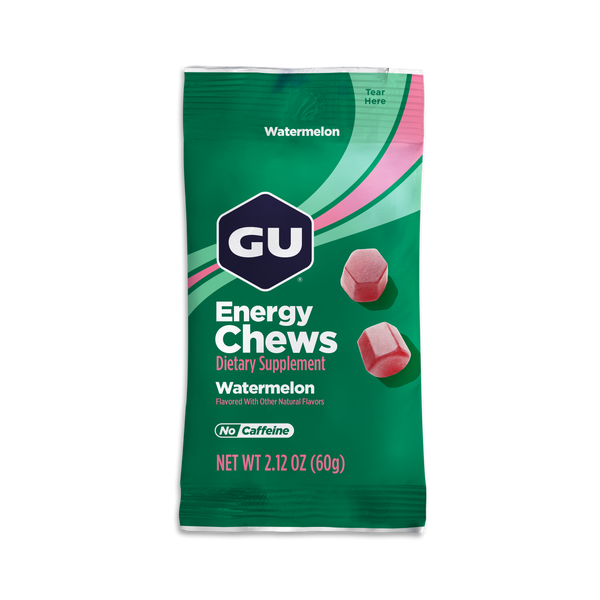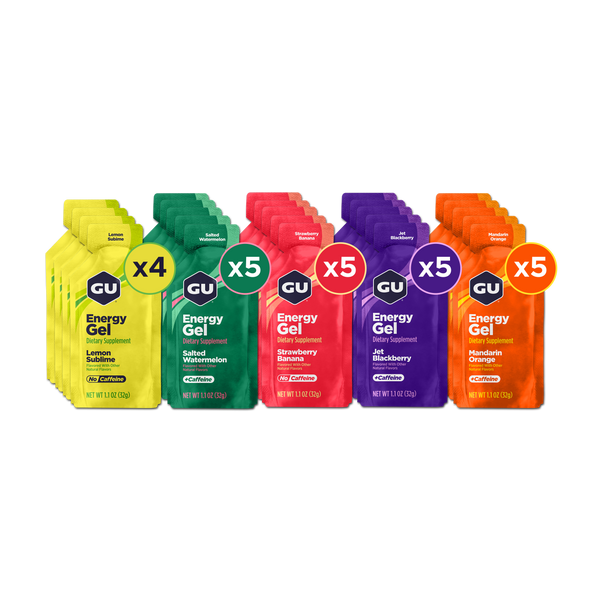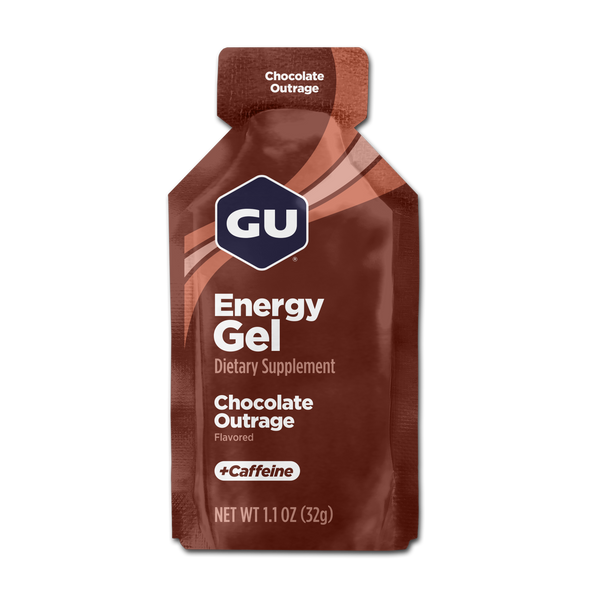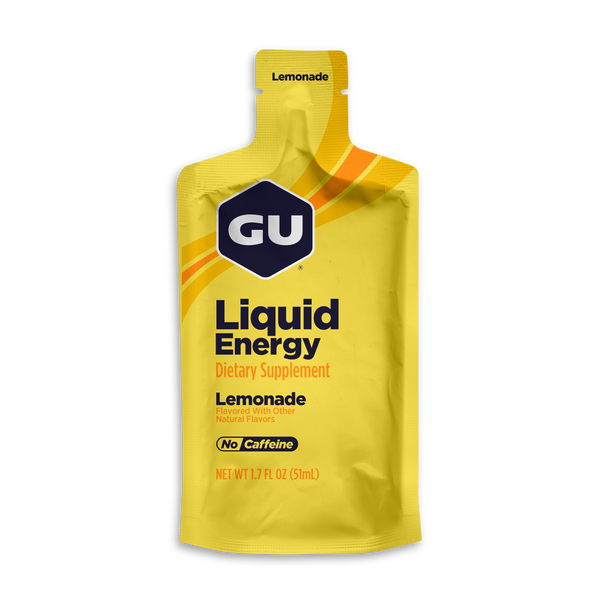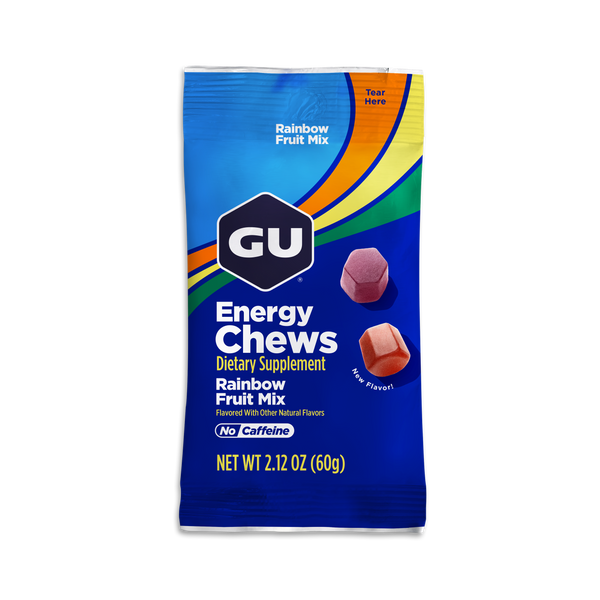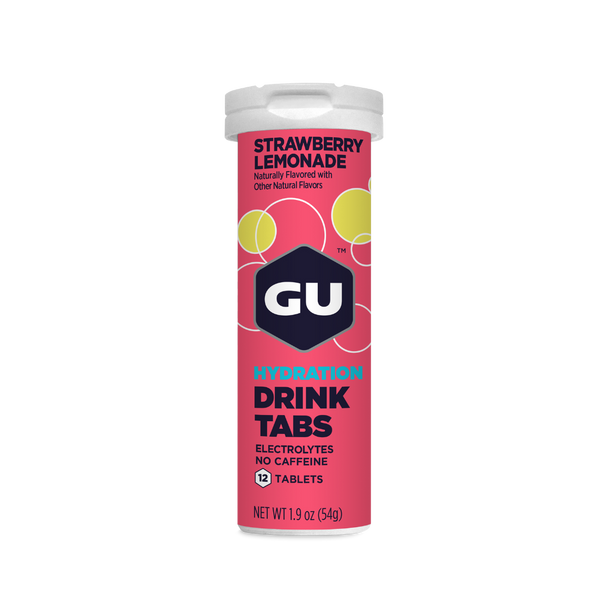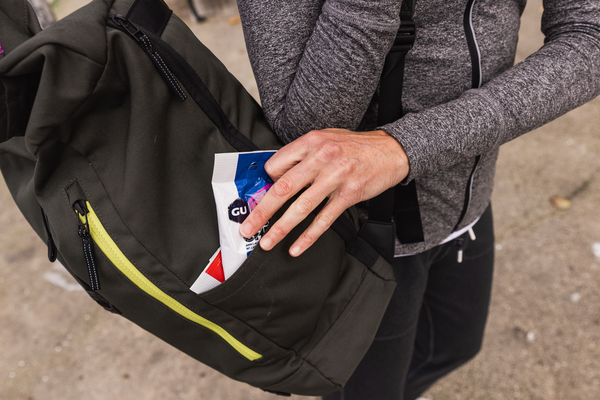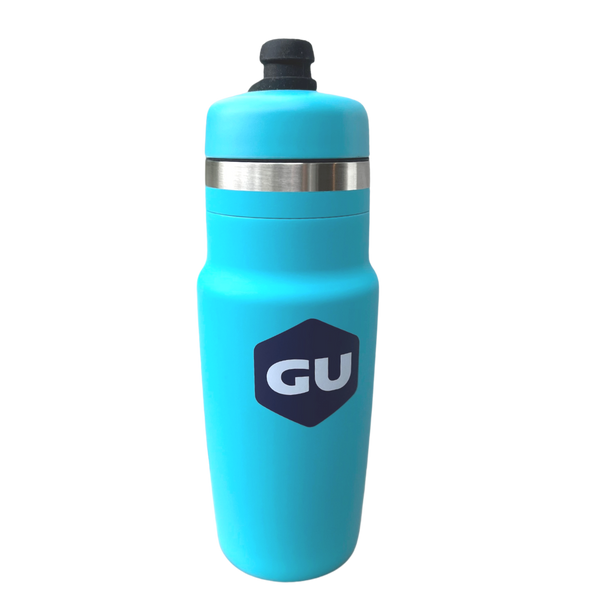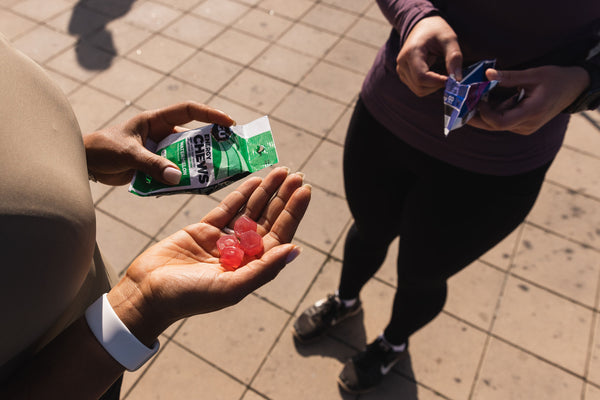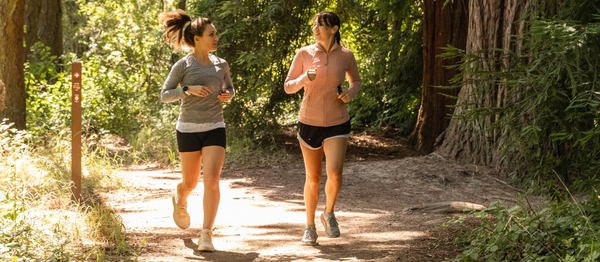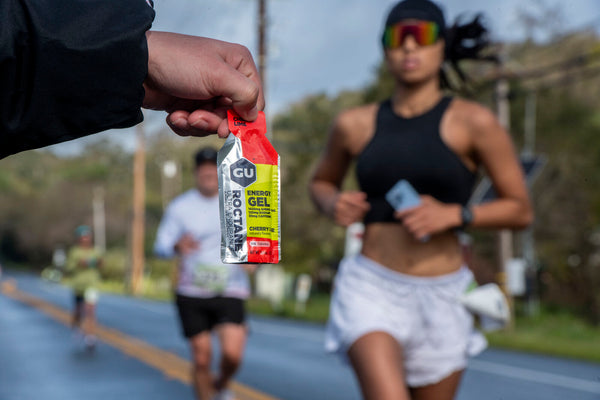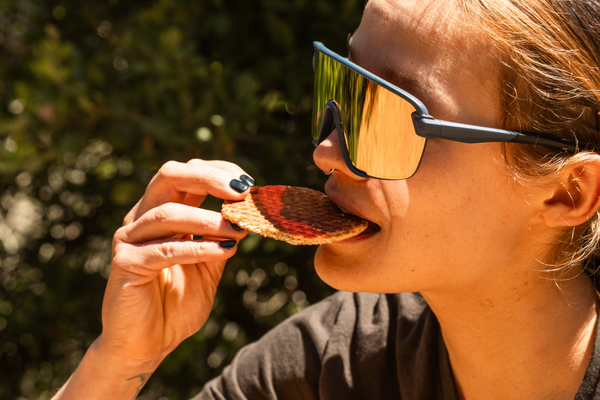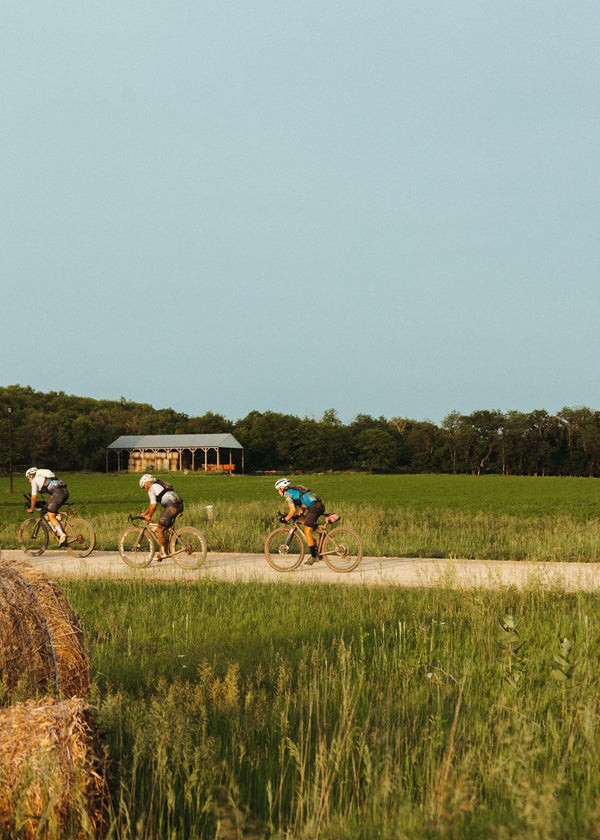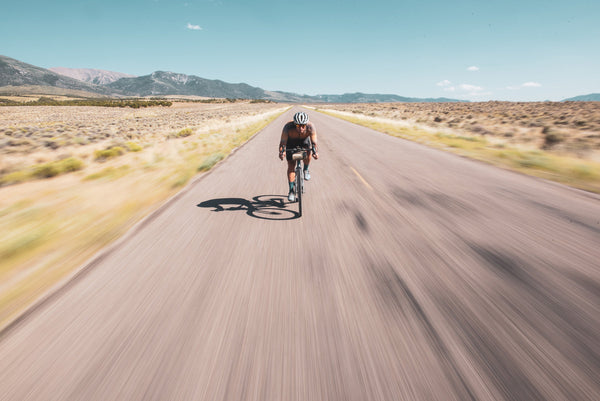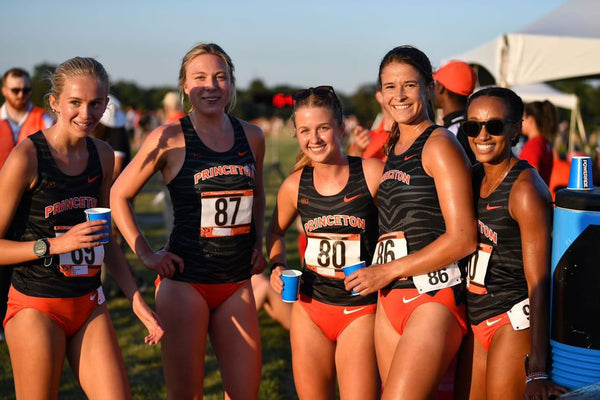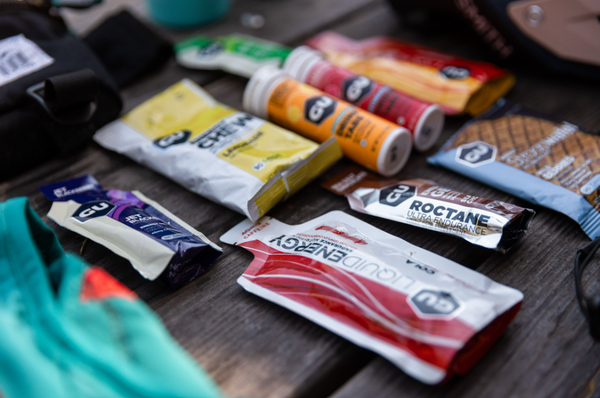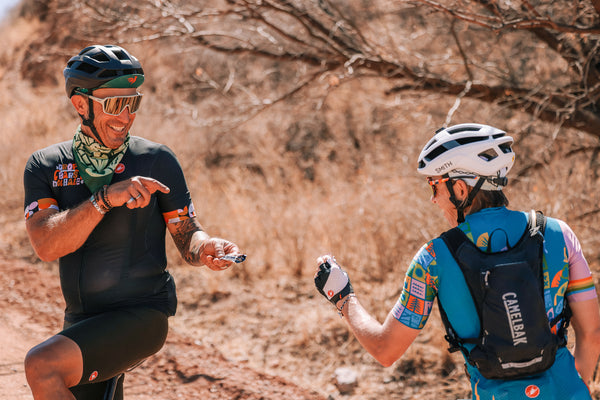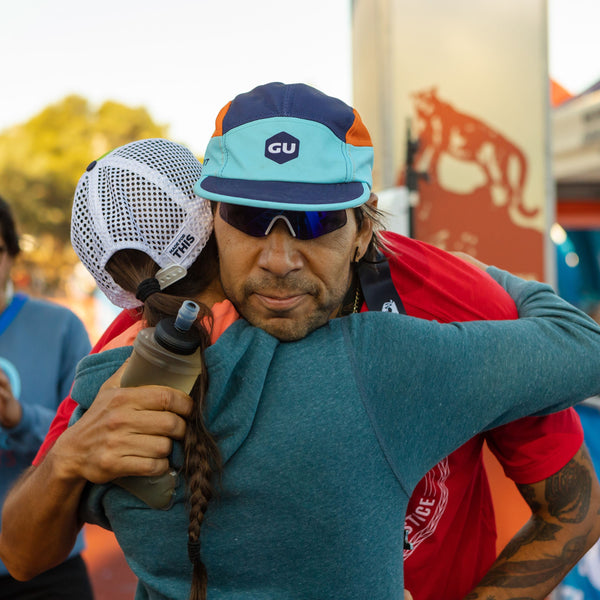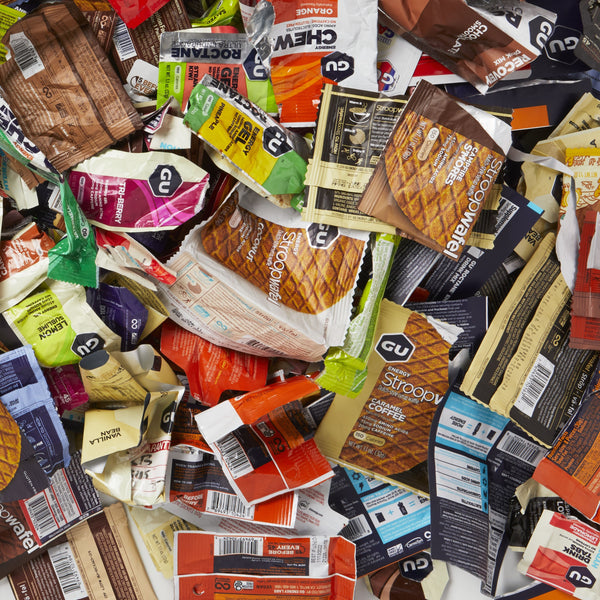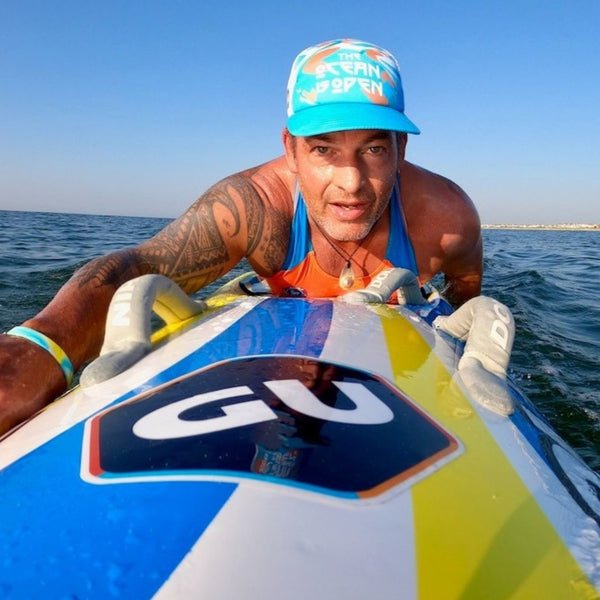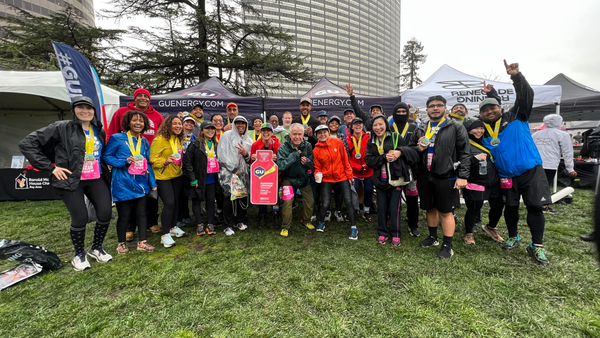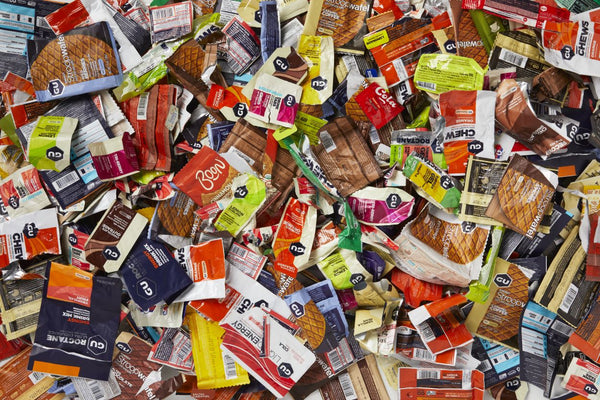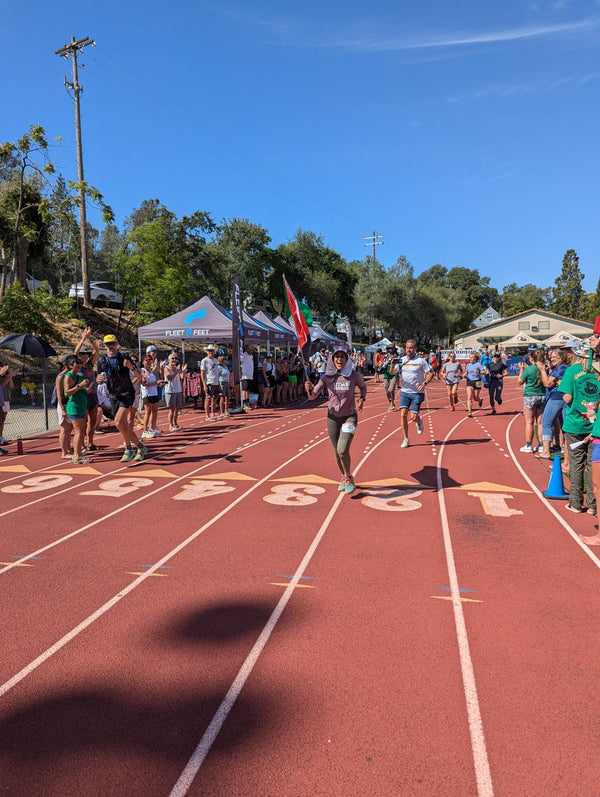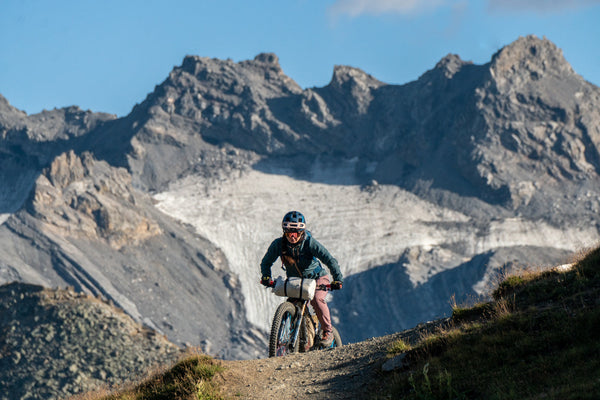About the Author: Yuri Hauswald is Community Development Manager at GU Energy Labs, and he is also an endurance cyclists with many titles to his name, including the 2015 Dirty Kanza 200.
Bears do it, so do European hedgehogs. And few, until recently, knew that the fat-tailed dwarf lemurs of Madagascar do it, too. I’m talking about hibernation.
You’re probably wondering why I’m talking about this state of inactivity and metabolic depression in endotherms (warm blooded beings). Well, in every athlete’s season, just like with different animal species, there comes a time when rest/inactivity is necessary to help recharge the depleted batteries of a full year’s worth of training/racing. While for most animals hibernation is regulated by temperature, for athletes it’s more based on the ebb and flow of their schedule and race goals. For me, my hibernation period does, in fact, happen to coincide with the cooler temps of fall, which means that I get to spend most of October and November doing other activities that don’t involve a bike.
From mental edge and injury prevention to muscle fatigue and over training, there are myriad reasons why taking a break from training/racing is important for every athlete. For me, though, the most important aspect of taking a break is as simple as just needing to REST. From December to October, I’m in constant motion. Whether it’s following coach’s orders and laying down the base miles and volume needed for the endurance bike racing that I do or traveling to events/training camps a few times a month for my job as Community Development Manager here at GU, I never stop moving. It’s good movement, don’t get me wrong, and I love my job, but come October, I’m mentally and physically fried.
So what does my hibernation period look like? Well, for starters, I ride my bike only once, maybe twice a week, with no structure to it, which tends to help the fun factor. I hike with my wife and my dog, a luxury that I don’t get enough of during my season. I also incorporate vinyasa yoga into this rest period, as I find that it satisfies my need for doing some sort of physical activity that strengthens my body in ways that cycling does not. It also helps “iron out” the physical kinks that tend to build up after a long season crouched over the top tube of a bike.
Unlike animals who go into a metabolic depression (which is fine since they’ve usually fattened themselves up for their extended rest period), the biggest catch 22 for athletes, myself included, is to NOT eat too much during this time off. Having spent the training/racing season basically eating anything I wanted to because I knew that I was burning it, and then some, I struggle a bit with portion control. One trick that works for me is to eat smaller meals, or snacks, more often, which I find keeps me from falling into the abyss of a deep hunger that can only be satiated by LARGE meals.
Whenever your rest/hibernation period happens to fall in your season, take full advantage of it and stop moving so much. Let the time off recharge you physically, and mentally, your body will thank you for it. Being more like the lemur, or bear, will better prepare you for the rigors of a new year.

